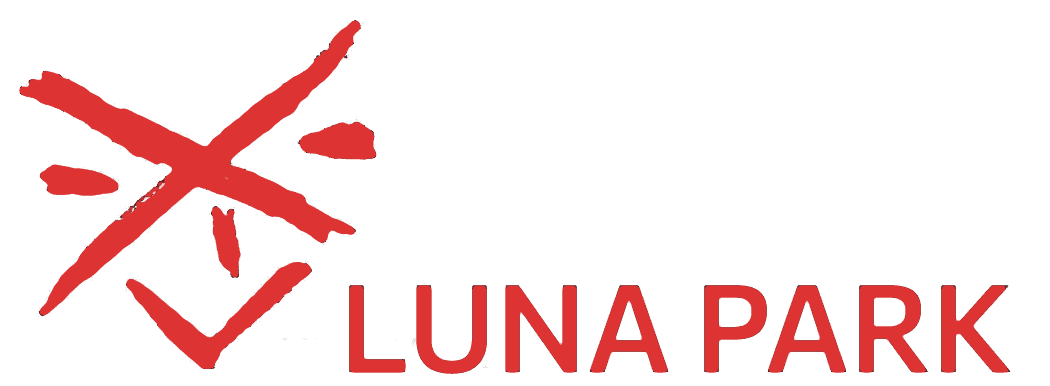The artist residency is to become an integral part of school life and life in the neighborhood. The artists are not just temporary guests, but permanent and long-term residents; in the various project formats of tanz(t)räume, they are in constant contact with the school and its neighborhood. For example, the three new productions planned as part of tanz(t)räume will be planned, developed and realized by the resident dance artists of the LUNA PARK initiative in dialogue with other artists from various disciplines, participants in our exchange programs, educators, Berlin schoolchildren, their families and the neighborhood in the Kiez. In their conception, preparation and rehearsal phases, these productions will deal with the realities of a colorful and multicultural neighborhood that is also characterized by precarious social and economic conditions.
Tanz(t)räume – new spaces for contemporary dance.
In October 2021, the jury of TANZPAKT Stadt-Land-Bund, a joint initiative of municipalities, federal states and the Federal Government Commissioner for Culture and the Media to promote excellence in dance, made its decision on the applications of the 3rd round of calls for proposals: 13 project proposals from all over Germany were awarded funding. One of them was our project tanz(t)räume. Naturally, we were delighted that our LUNA PARK initiative was among the recipients. We see the funding as recognition for our work to date, but above all as an incentive and support for all that we have planned for the coming years.
With tanz(t)räume we want to open up new spaces for thought, encounter, action and work in the realization, mediation and reception of our contemporary dance productions. We want to use and strengthen the potential of contemporary dance as a motor of artistic and cultural education and participation by opening up new target groups for it in a social and cultural environment that has so far rarely come into contact with this art form, thus increasing its visibility and effectiveness.tanz(t)räume was conceived against the background of more than ten years of cooperation between the LUNA PARK initiative and the Gesundbrunnen elementary school, a hotspot school in the Berlin district of Wedding, and other educational and cultural institutions in its vicinity. Parallel to its professional production work in the field of contemporary performing arts, our initiative is also involved in various project formats of artistic education, especially in the field of dance and theater for children, adolescents and young adults, mostly with a migration background, which also include their families and the neighborhood in the neighborhood. Regular international exchange and encounter projects for young dance practitioners (“How to dance in times of crisis?”) and dance education professionals (“Teaching Performance”) as well as our volunteer service projects (“Dance Encounters”) within the framework of the European Solidarity Corps (ESK) accompany and complement this commitment. From 2020 to 2022, we also implemented the project “Dance and Theater in the Neighborhood”, funded by the European Regional Development Fund (ERDF), with a focus on expanding our socio-cultural project work.
The main objective of our initiative is to combine our two fields of work – artistic production in contemporary dance and artistic or socio-cultural educational work – in such a way that synergies are created that bring sustainable benefits to both areas. Our project tanz(t)räume aims to strengthen this connection by creating a permanent spatial, personnel and cooperative structure for the realization of this concern.
This includes the permanent establishment of an artist* residency* for dance professionals at Gesundbrunnen-Grundschule, which we hope to further develop into an open production space for contemporary dance. Artist residencies are mainly found in places and institutions that are per se dedicated to the production or presentation of art: Theaters, galleries and museums, or artist residencies and colleges. Artist residencies are rarely found at elementary schools, especially those in socially deprived areas, and they focus almost exclusively on visual artists or musicians. It is therefore high time to include contemporary dance artists in this special form of permanent location for dance artistic work.
For this purpose, the dance artists use the premises, technical equipment, and infrastructure of the Gesundbrunnen Elementary School as part of their residency, especially on weekends, during school vacations, and also regularly during non-school hours.
As part of the conceptual and content development of the three pieces, the dance artists regularly conduct open workshops at the school, which are accessible to the above-mentioned group of people. This enables the artists to deal intensively and directly with the living situation of the people in their environment; dialogue and creative input from this side are expressly desired. The experience gained from this will often be incorporated into the development of the pieces. The corresponding rehearsal phases will not take place in a closed (theater) room, but will be open to the public at the production site of the school in the hotspot neighborhood. In this way, the art form of contemporary dance is directly communicated in its development practice – especially for people who have not yet had access to this art form, and who can now directly experience how contemporary dance is “made”.
Regular meeting and training formats for young dance professionals in collaboration with invited artists and dance mediators from Germany and abroad are planned for the entire duration of the tanz(t)räume project, as well as the promotion of young dance professionals’ own productions with the support of the infrastructure of the LUNA PARK initiative, e.g. through the free use of rehearsal rooms and technology, as well as through our professional advice with feedback and analyses of the production process.
In parallel, the dance professionals working within the framework of the artist residency will regularly conduct and accompany dance and movement courses, workshops, project weeks, vacation programs, excursions and theater visits for school and daycare children, as well as develop dance and theater projects with them and bring them to public performance. The school children in particular are actively involved in the design of these formats and contribute topics from their everyday lives. To this end, dance and theater projects that have been successfully carried out at Gesundbrunnen Elementary School for several years are to be further developed, expanded to neighboring schools, and made accessible to a larger number of participants or a larger public audience in the neighborhood.
In order to achieve these goals, we would like to deepen the cooperation with local cultural and educational partners within the framework of tanz(t)räume, some of whom we have been working with for a long time in the context of various artistic and socio-cultural projects, such as the Weddinger Uferstudios, the Centre Francais de Berlin, Theater 28 and Tropez im Humboldthain, as well as with other schools, daycare centers and institutions for cultural education for children and young people. In addition to providing space for courses, workshops, rehearsals and the joint organization and realization of various performance and encounter formats, this cooperation also includes, above all, the exchange of best practice methods in the field of arts education and of the corresponding work experiences of the management and staff in regular rounds of talks and discussions.
tanz(t)räume is intended to reach out to social groups and strata previously distant from contemporary dance through its open forms of production and artistic mediation described above and the special nature of its local embedding through an artist residency at an elementary school in a hotspot neighborhood, to win them over as new target groups and thus enable them to participate more in culture. New meeting spaces are created for large and small residents of the neighborhood, offering new opportunities for intergenerational cooperation through the common theme of contemporary dance. Children, adolescents and young adults can creatively try things out and open up new perspectives for themselves. The Berlin dance community receives open experimental spaces in a hotspot district and can be inspired for their dance productions by experiencing other realities of life. Children from hotspot schools benefit from the constant presence of professional dance artists on site. Against this background, we see “tanz(t)räume” as an innovative model for the production and better visibility of contemporary dance art in new spaces.

